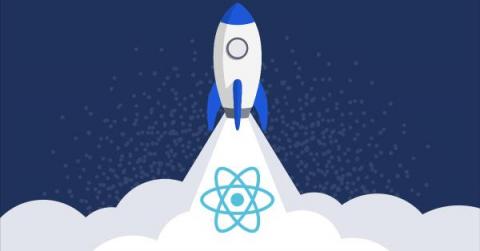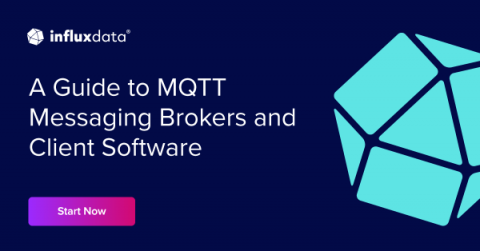Modernising applications? Integration with APIs is the way to go
Today’s enterprises can relate to this logic, especially concerning digital transformation projects. They have broken systems that need fixing, but they also spend a lot of effort fixing systems that don’t necessarily need those levels of intervention. Specifically, companies often face a dilemma: digital modernisation requires apps and systems to be upgraded and operate in the new technology norms. Yet those same systems often exist for good reasons.









